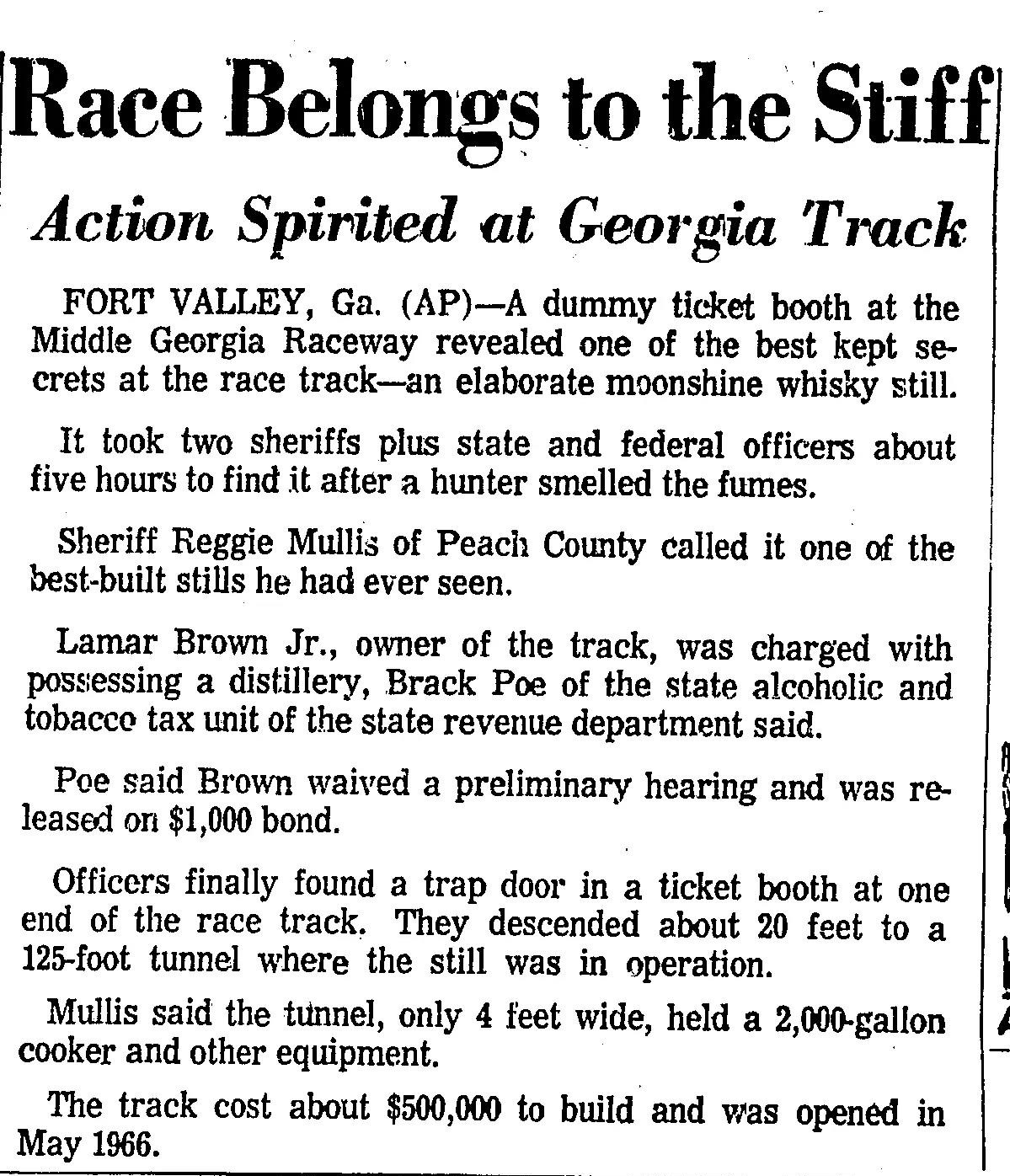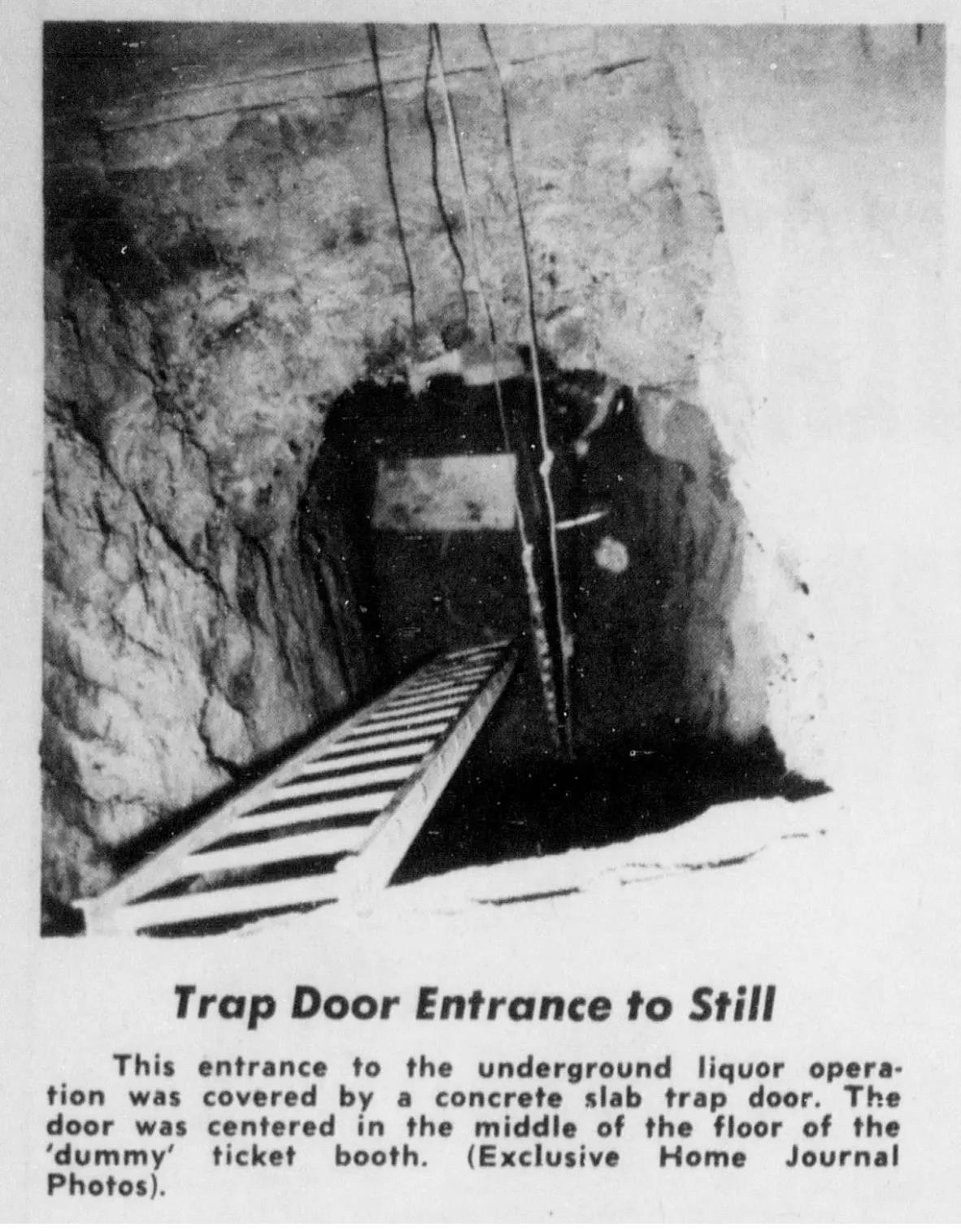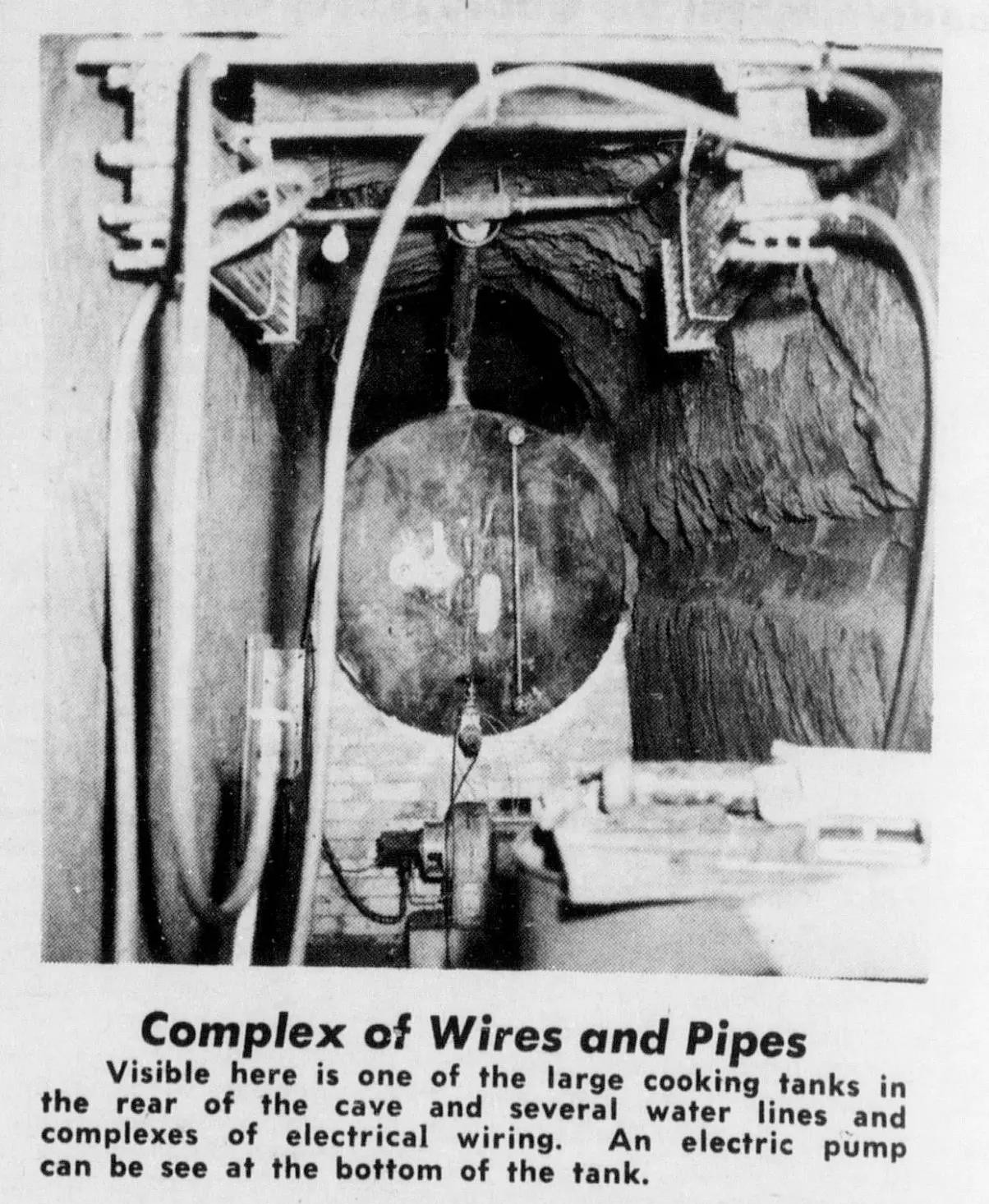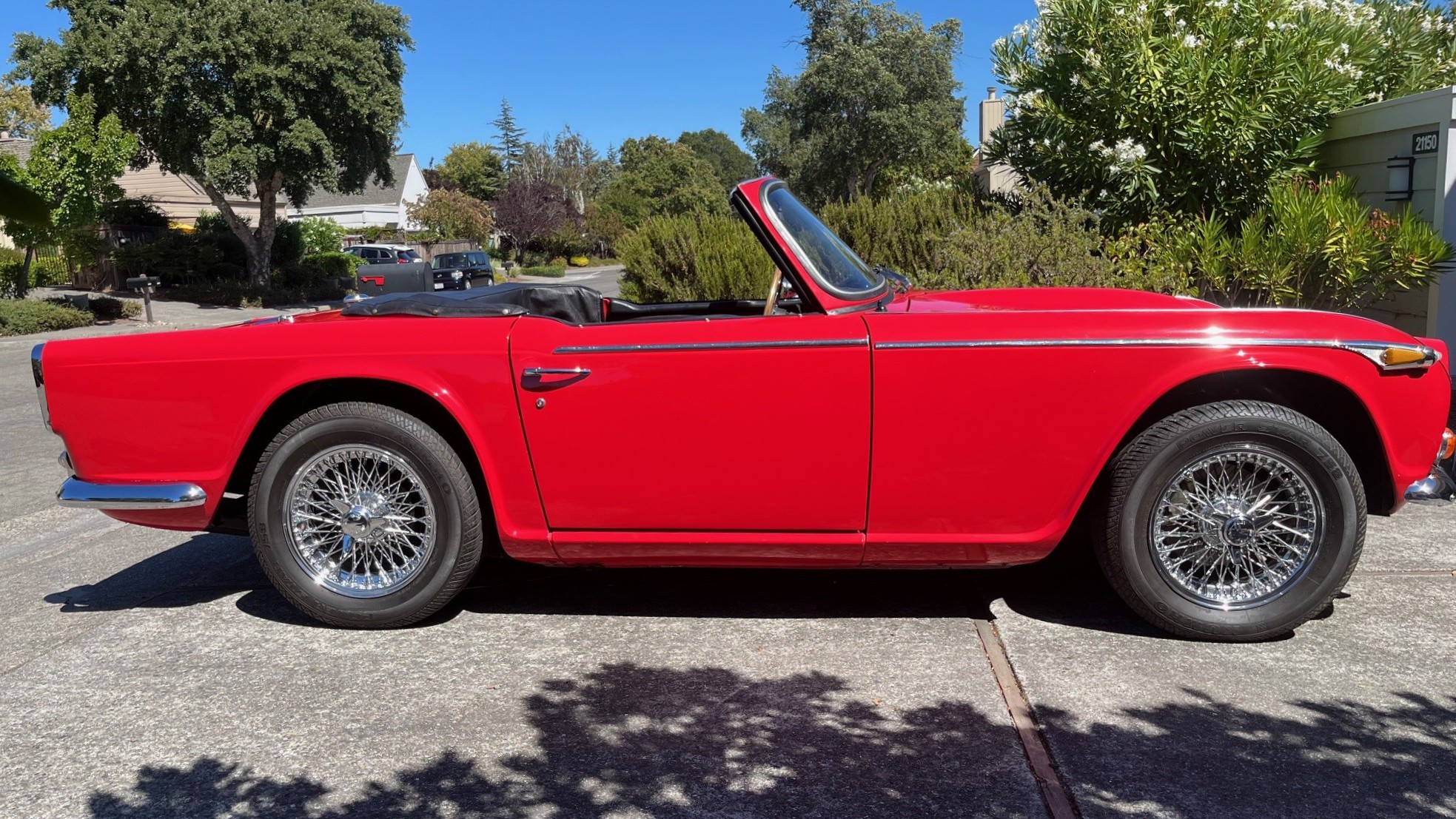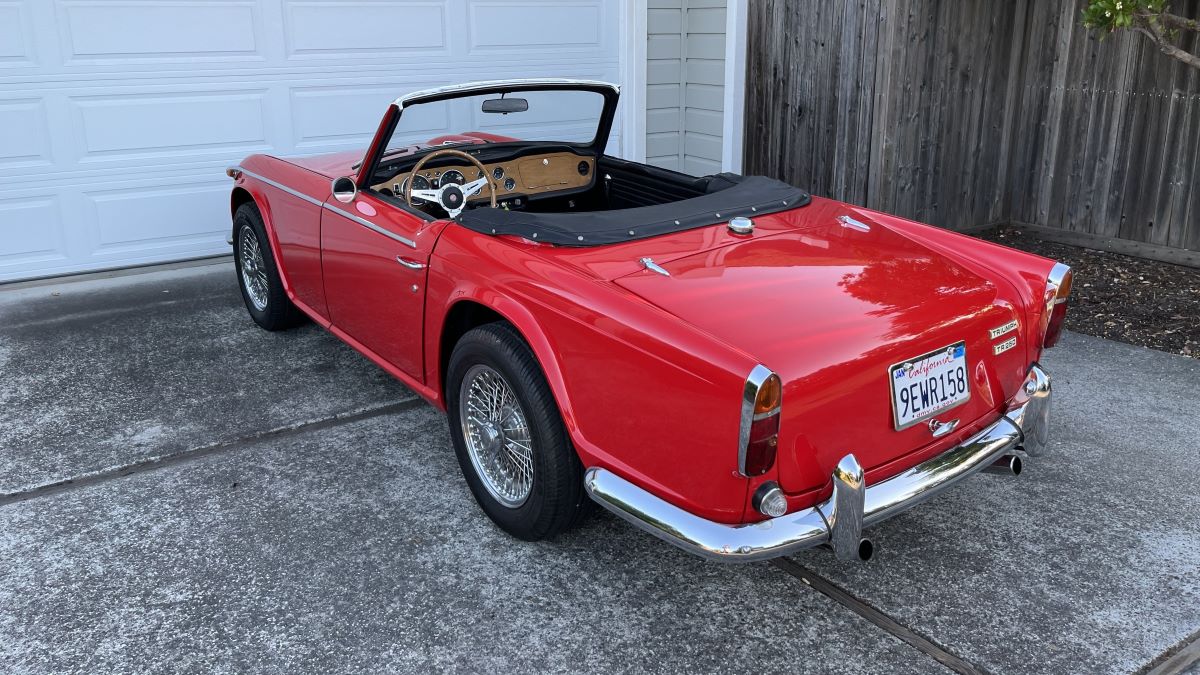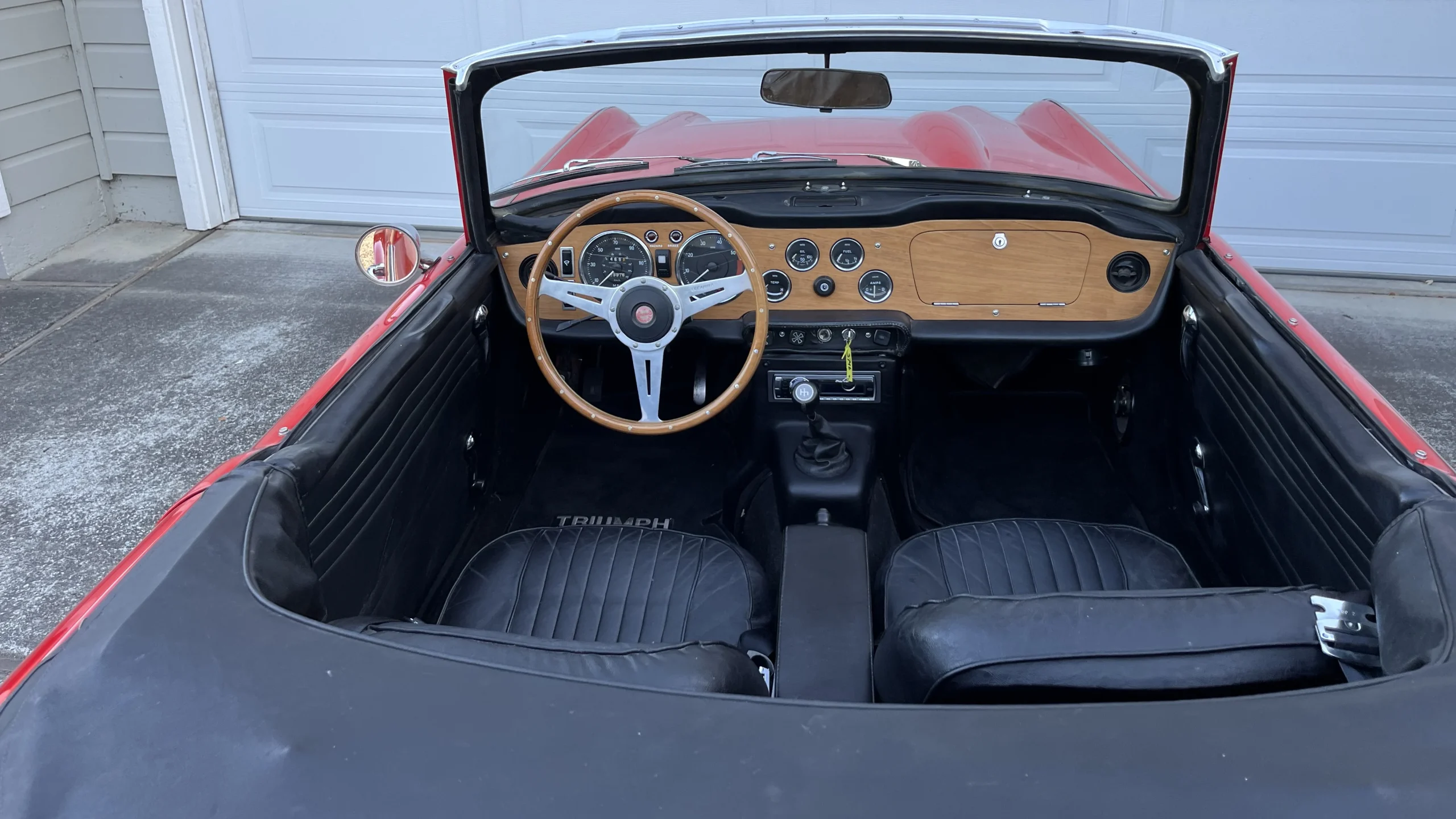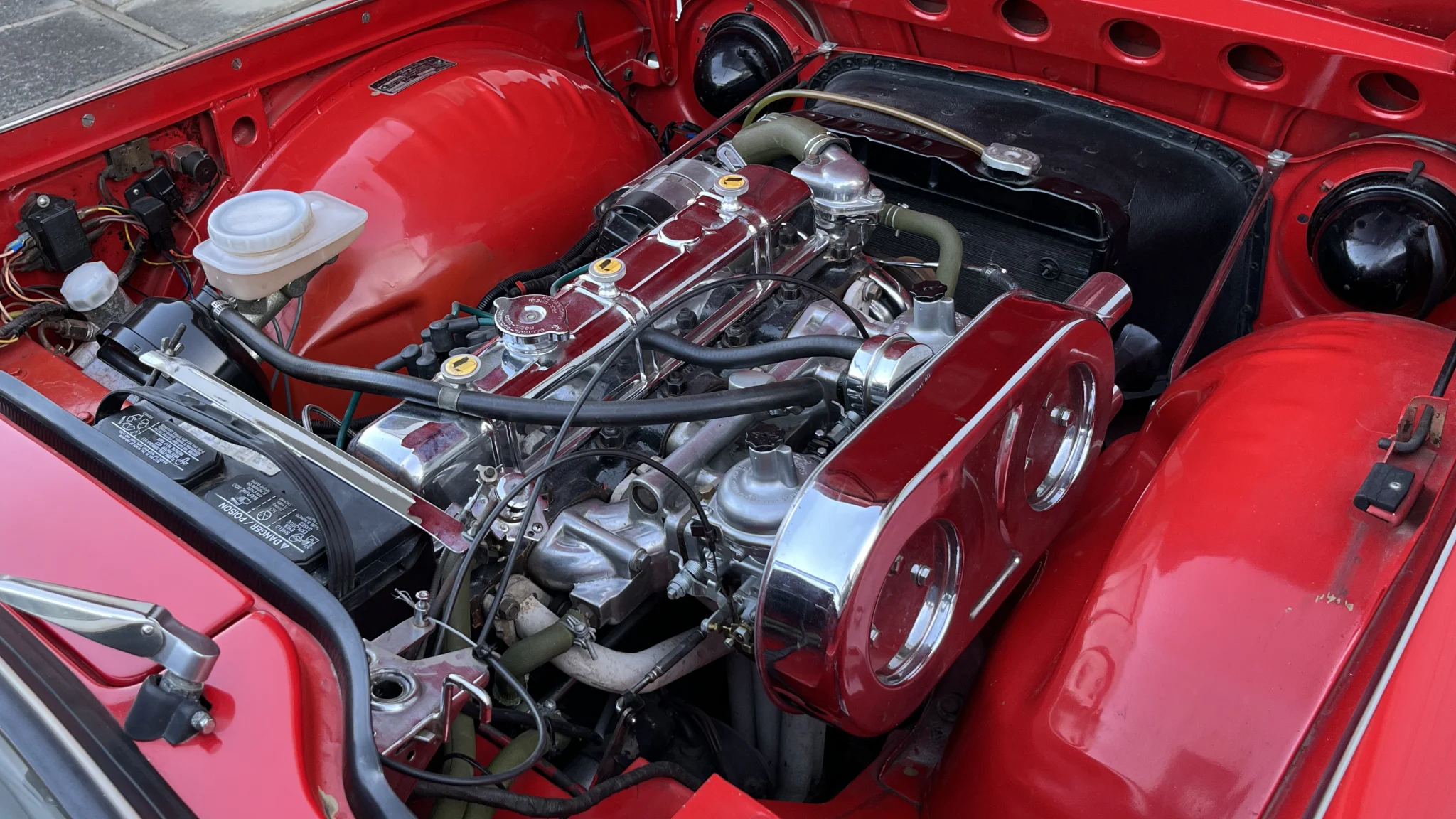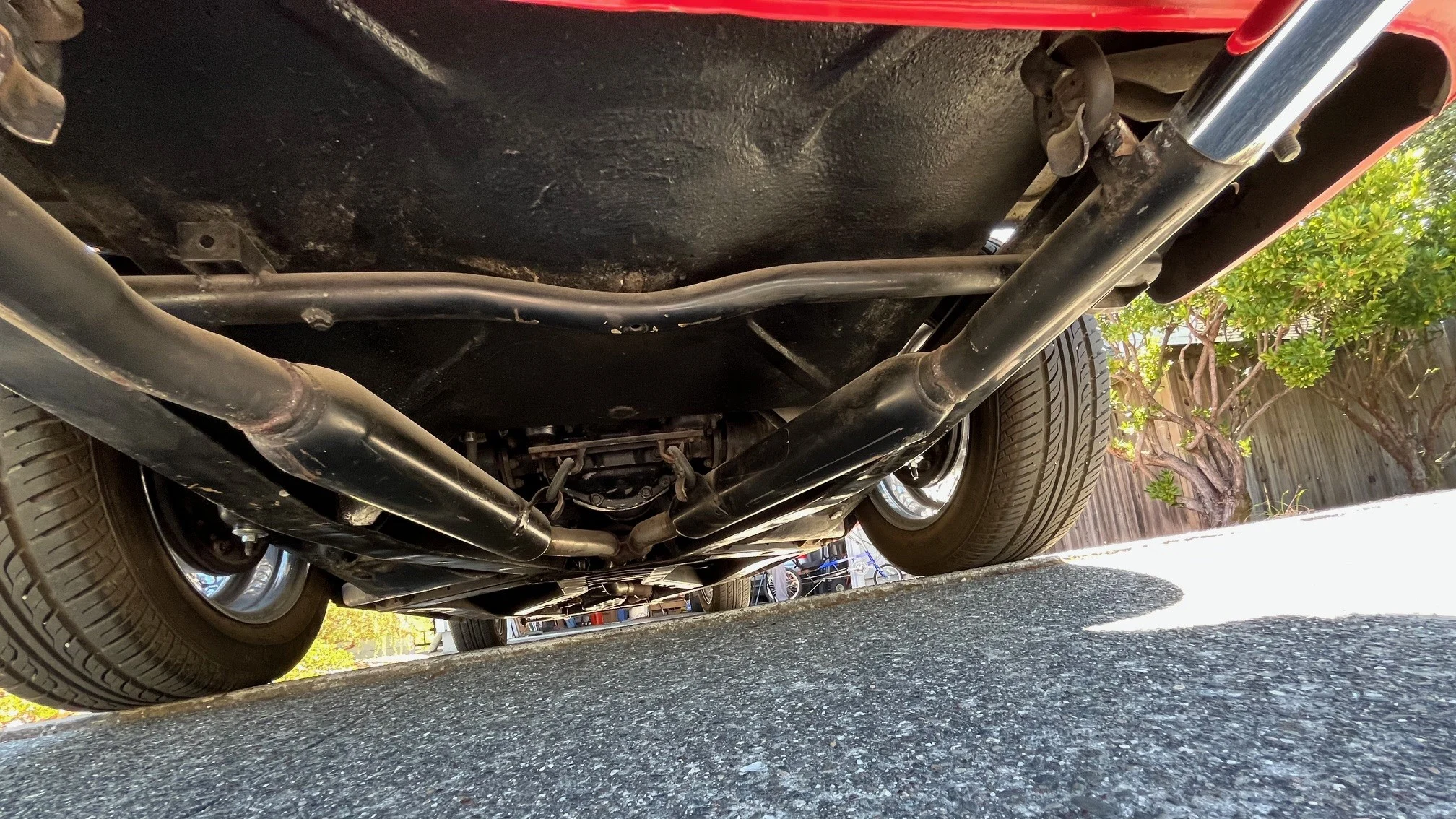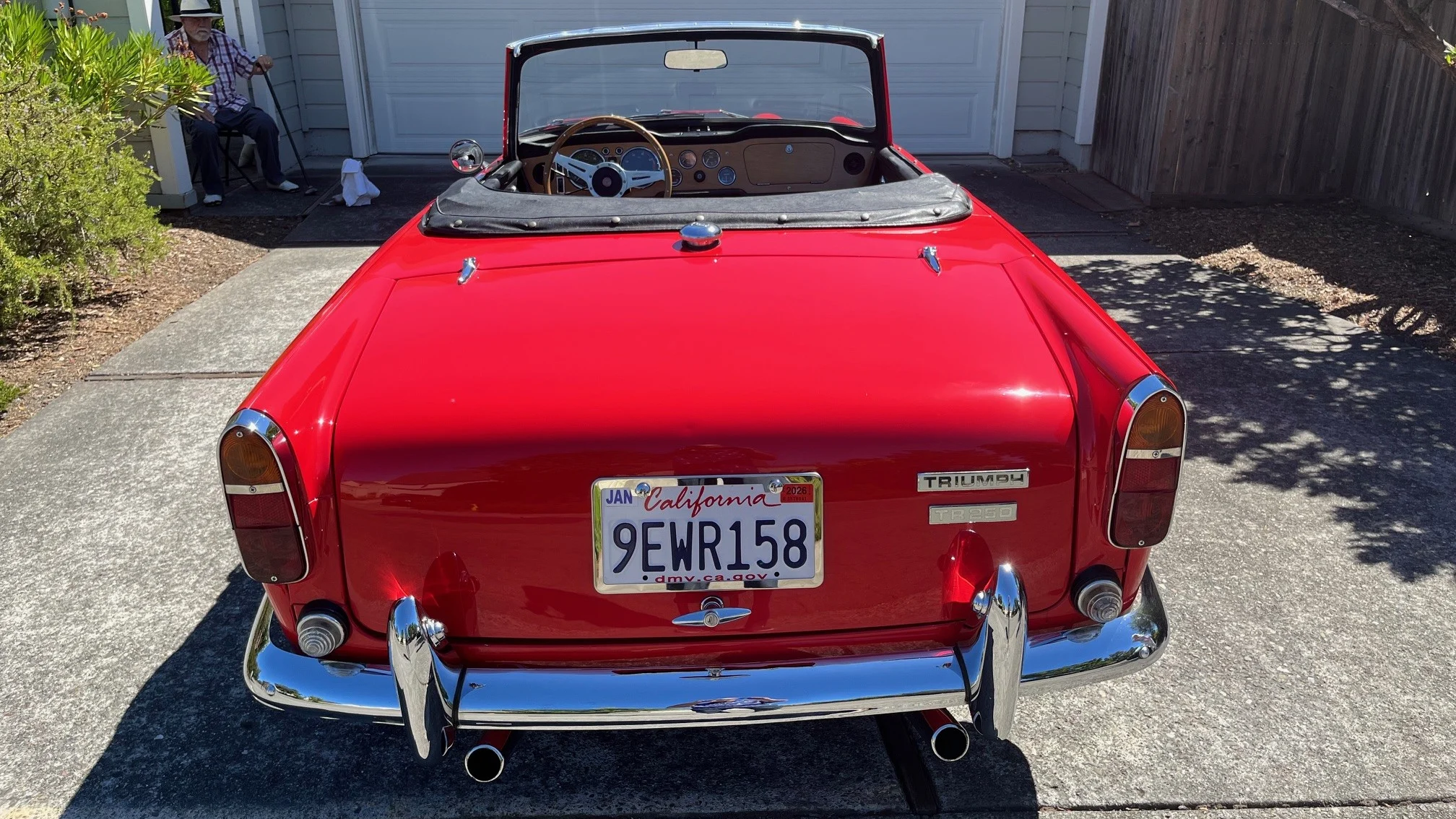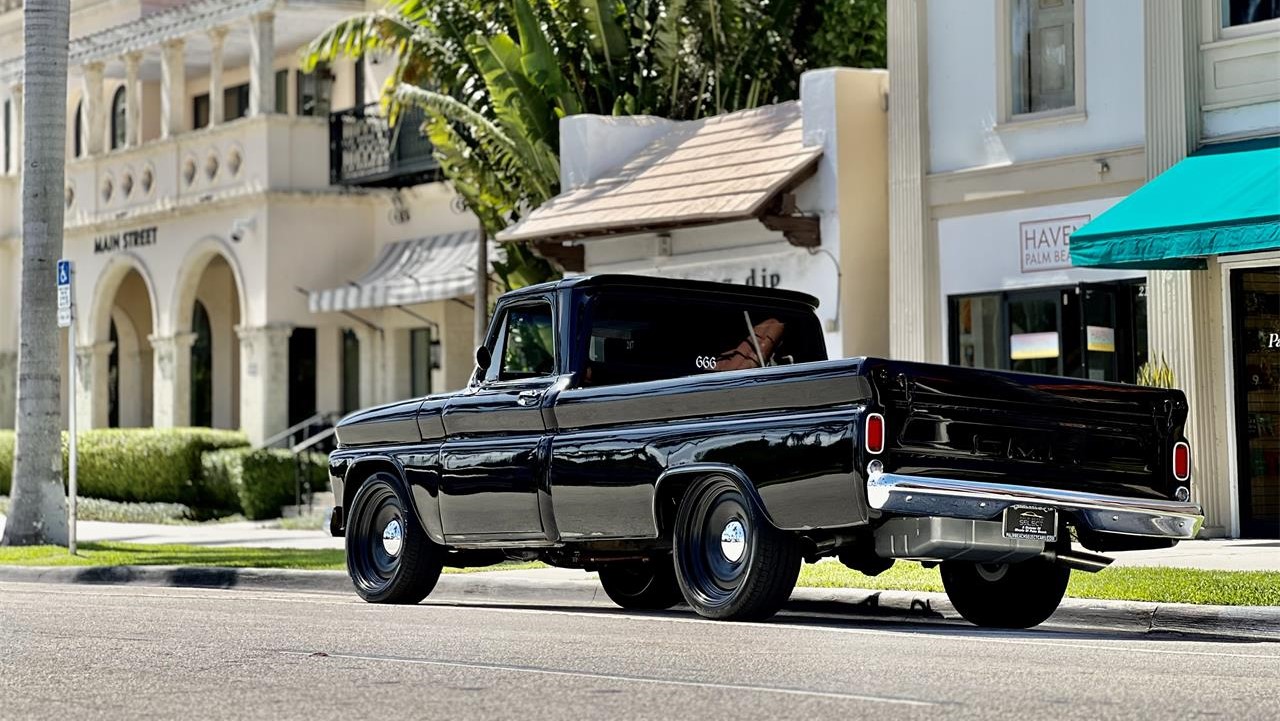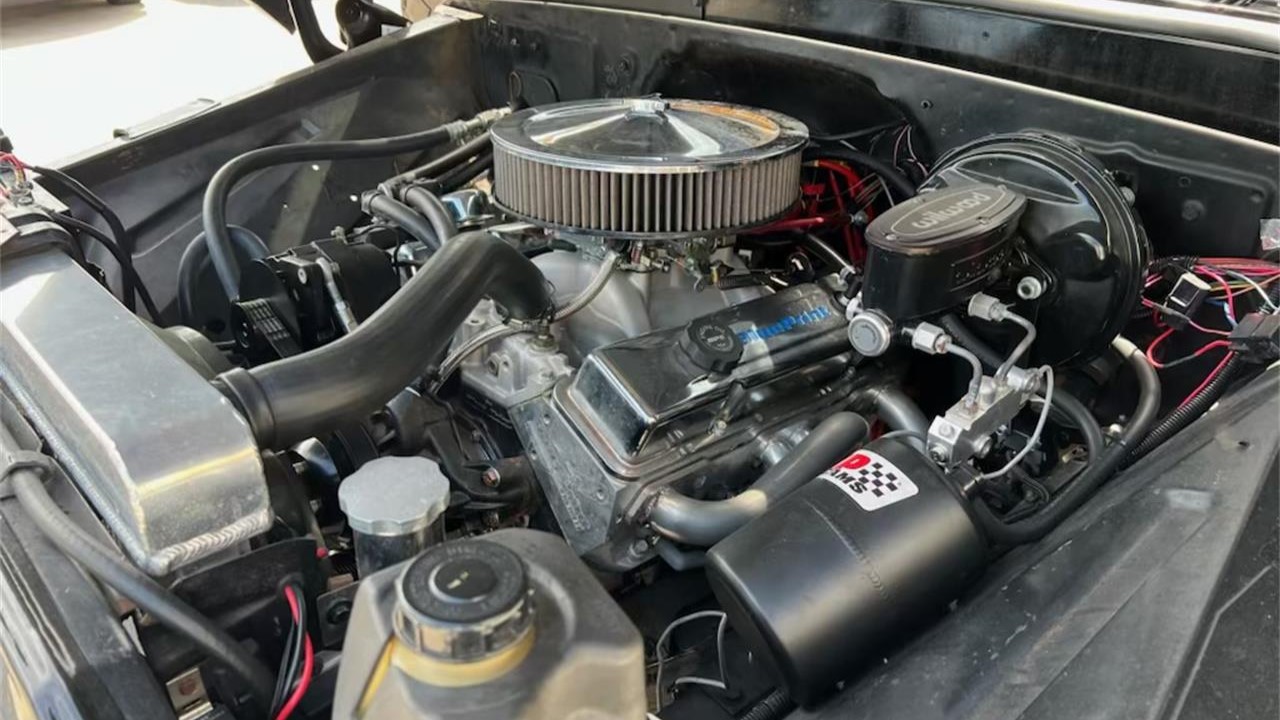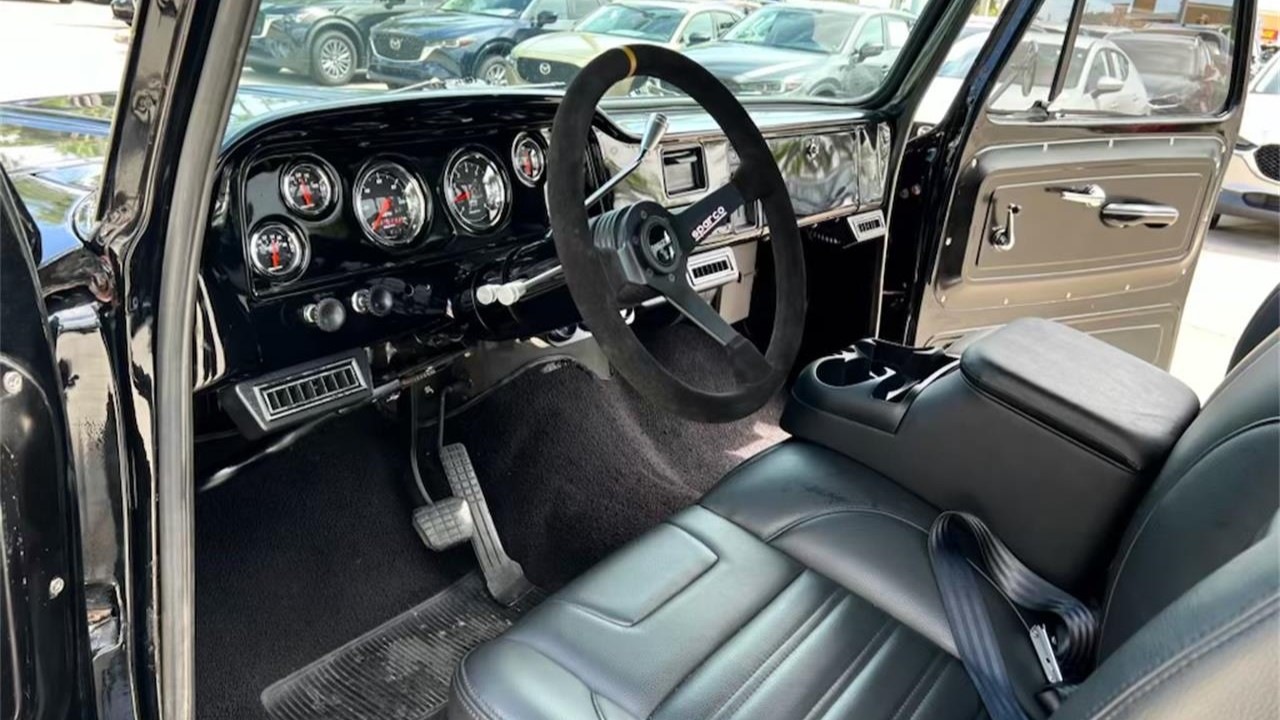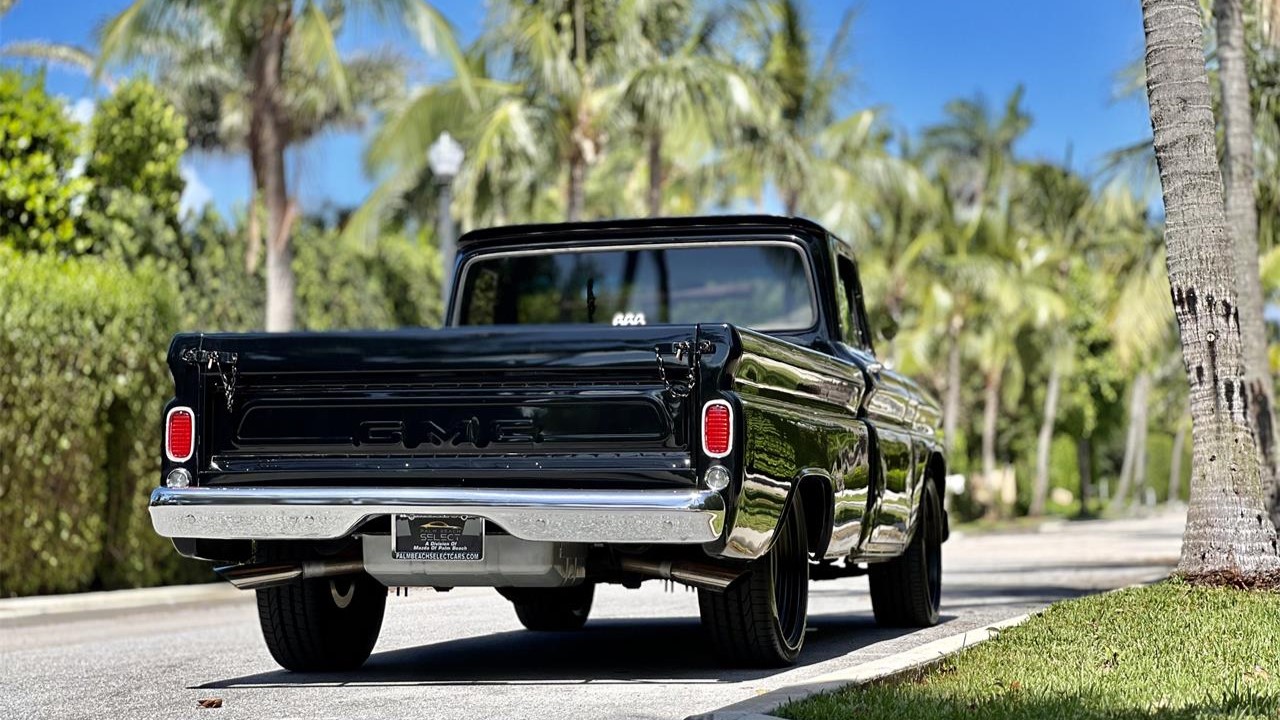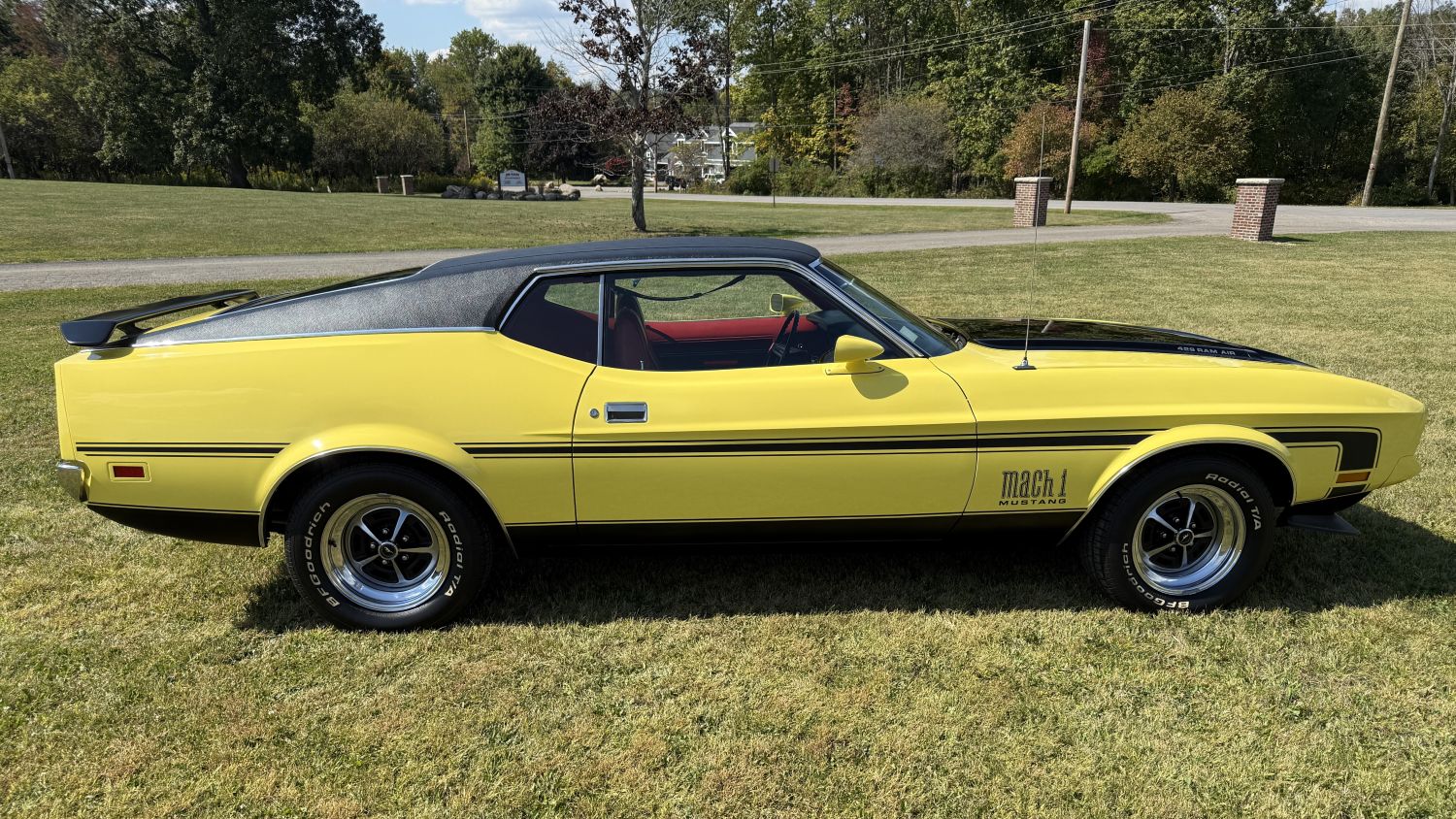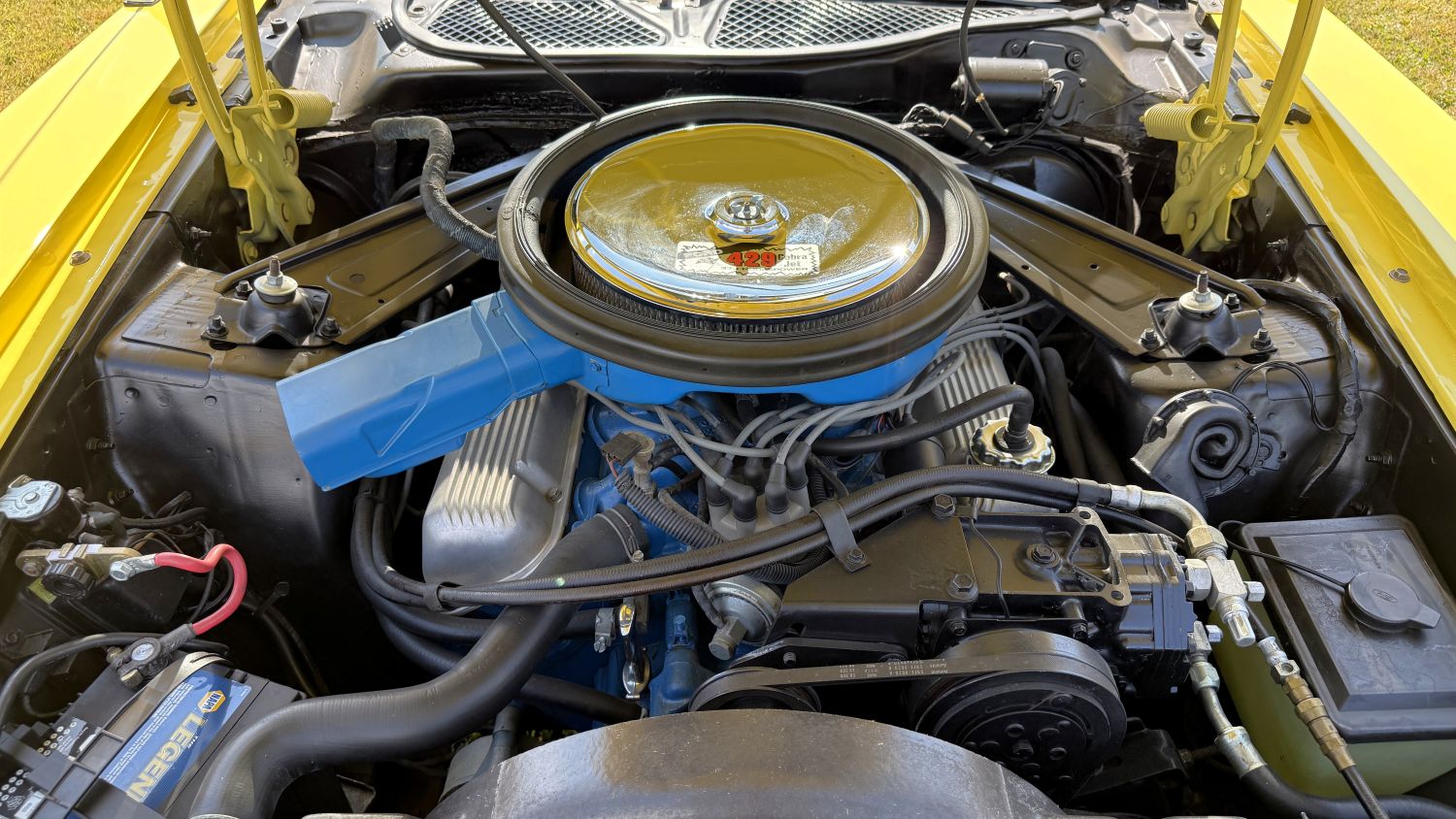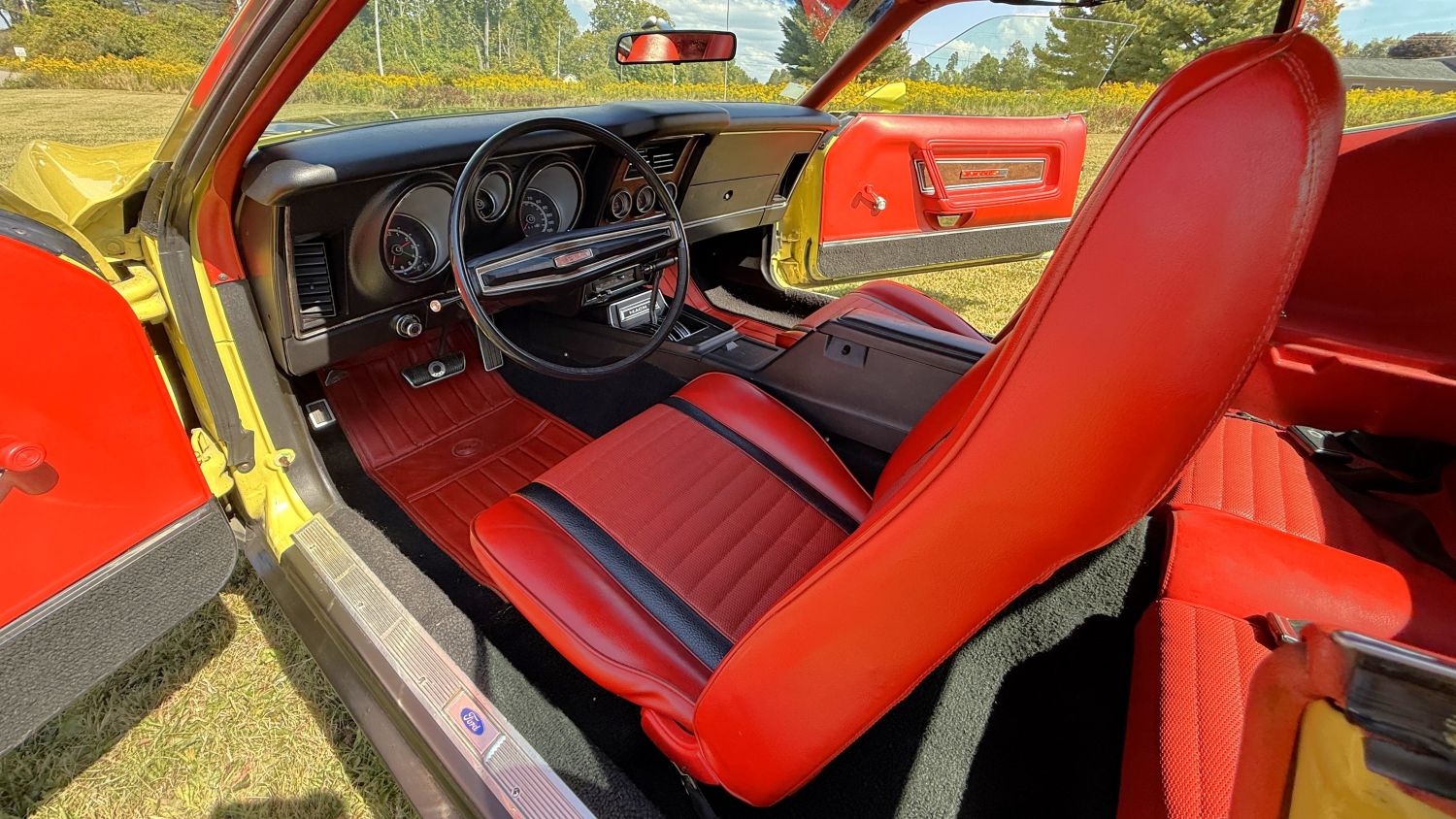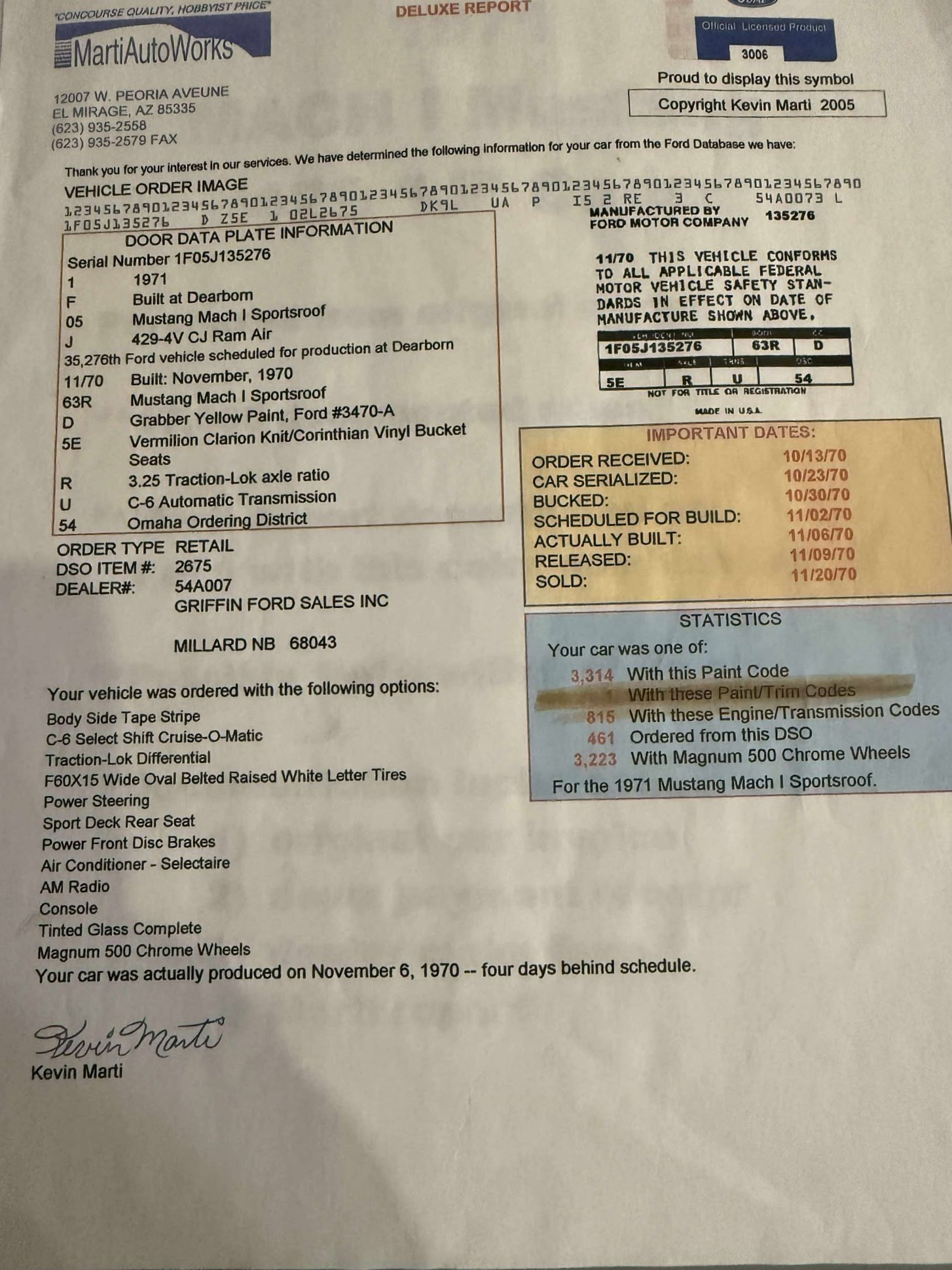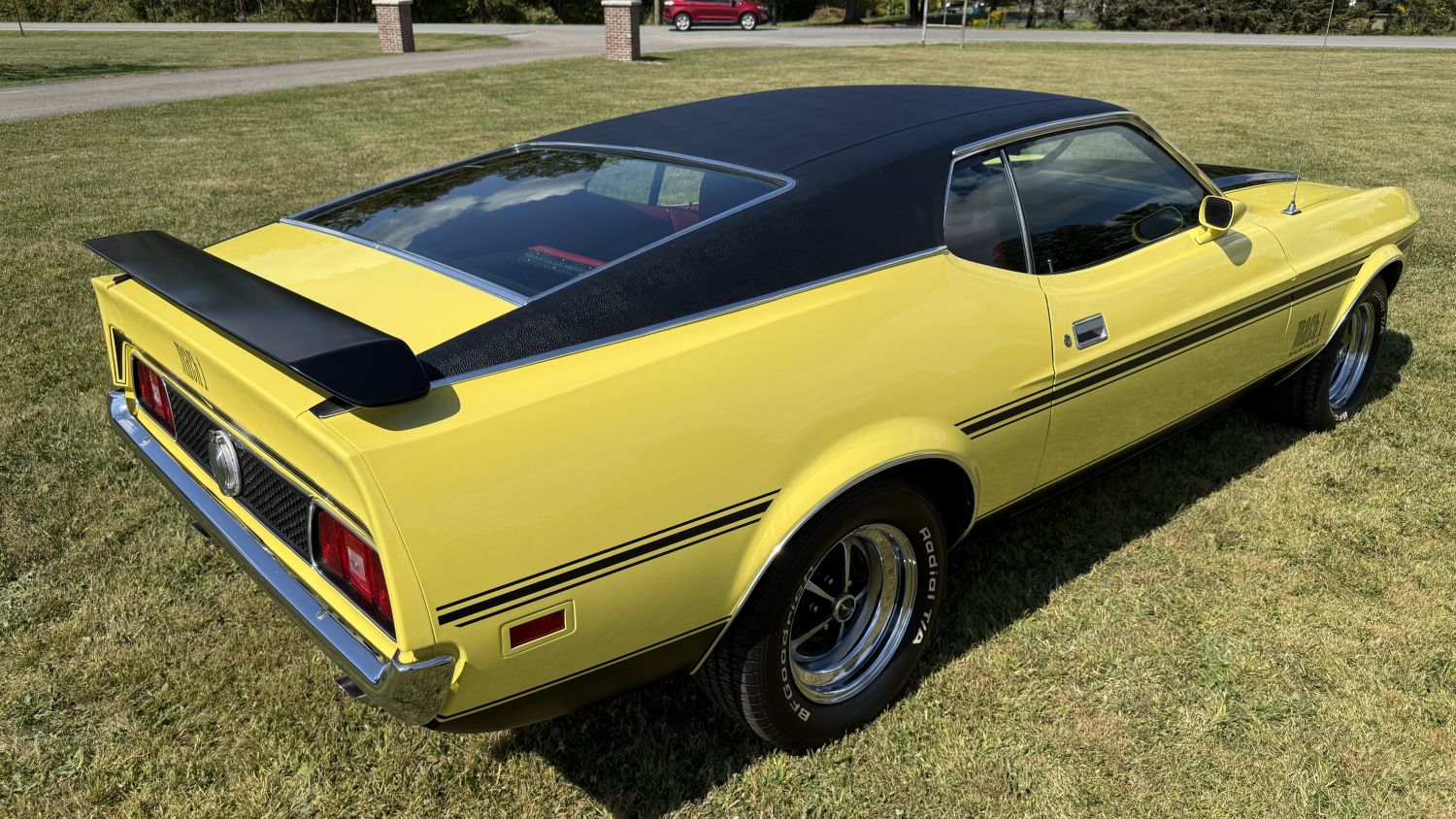This street rod was built under prior ownership using a fiberglass 1936 Chevrolet business-coupe body and a 350ci Chevrolet V8 backed by three-speed automatic transmission, a 12-bolt rear end, and a limited-slip differential. The body is finished in red, and it rides on a chassis equipped with independent front suspension, front disc brakes, power steering, and 15″ Pacer Dragstar wheels. Exterior details include rectangular headlights and a rumble seat, while the gray fabric interior features bucket seats, power windows, a Grant GT steering wheel, a tilt-adjustable steering column, and a Dakota Digital analog gauge set. The car was purchased by the seller in 2022, and service since that time has included replacing the front controls arms as well as the brake rotors and pads. This Chevy street rod is now offered at no reserve with a Virginia title in the seller’s name that lists the car as a 1936 Chevrolet two-door coupe.

The fiberglass body is finished in red and features inset rectangular headlights, a center-hinged hood, a cowl vent, and running boards with black rubber treads as well as a blacked-out grille insert, peep mirrors, flush-mounted taillights, and a rumble seat.

Pacer 15″ Dragstar wheels with a polished finish are mounted with 215/60 Jetzon Genesis Touring tires showing 2004 production date codes. Suspension is handled by independent control arms with coil springs and hydraulic dampers up front, while leaf springs and tube shocks are employed out back. The steering is power-assisted, as are the front disc and rear drum brakes. The upper and lower control arms and the brake rotors and pads were replaced in 2025.

The cabin is trimmed in pleated gray fabric with bucket seats, lap belts, power windows, a locking glove box, and color-coordinated carpeting, and the rumble seat is trimmed to match.

The wood-rimmed Grant GT steering wheel is mounted atop a tilt-adjustable column, and it fronts a body-color dashboard housing a Dakota Digital HDS-Series gauge cluster with six analog readings and an inset TFT LCD message center. The digital odometer shows 1,600 miles, and true mileage is unknown.

The 350ci V8 is equipped with an Edelbrock intake manifold and four-barrel carburetor along with a chrome open-element air cleaner, chrome Holley valve covers, louvered manifold covers, a Delco-Remy HEI distributor, and a dual exhaust system.

Power is sent to the rear wheels through a TH350 three-speed automatic transmission linked to a 12-bolt rear end with a Positraction differential.

The car is titled as a 1936 Chevrolet using VIN AA6643748. The title carries a “Not Actual” odometer brand.

